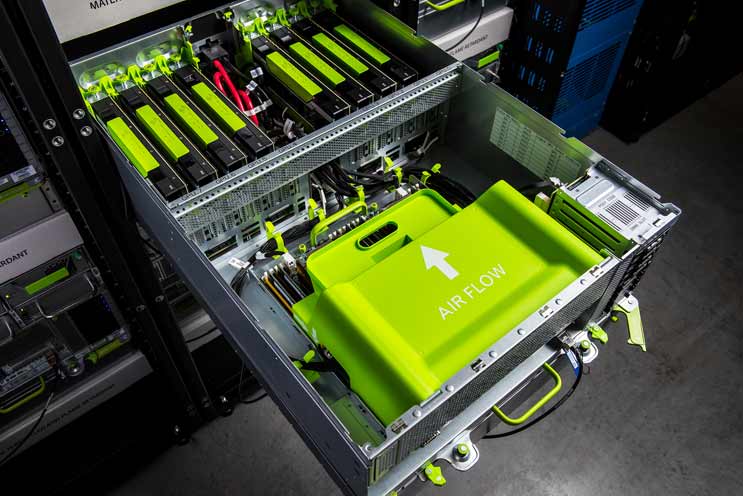NourNet data centers operate tier-3 data centers in the Kingdom of Saudi Arabia. Their carrier-neutral data centers are located in Riyadh and Dammam, with over 500 racks at each site offering hosting and colocation services.
Meeting tier 3 requirements is challenging. Monitoring plays an important role in meeting the standards. Through the AKCP monitoring and alerting system NourNet can ensure that they are always ahead of the curve when it comes to their data center operations. The sensorProbeX+ base units were deployed, together with airflow, water leak detection and cabinet thermal map sensors.
Read more…




